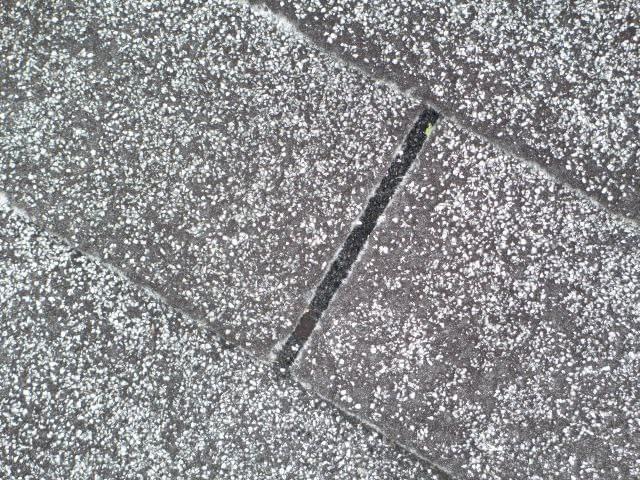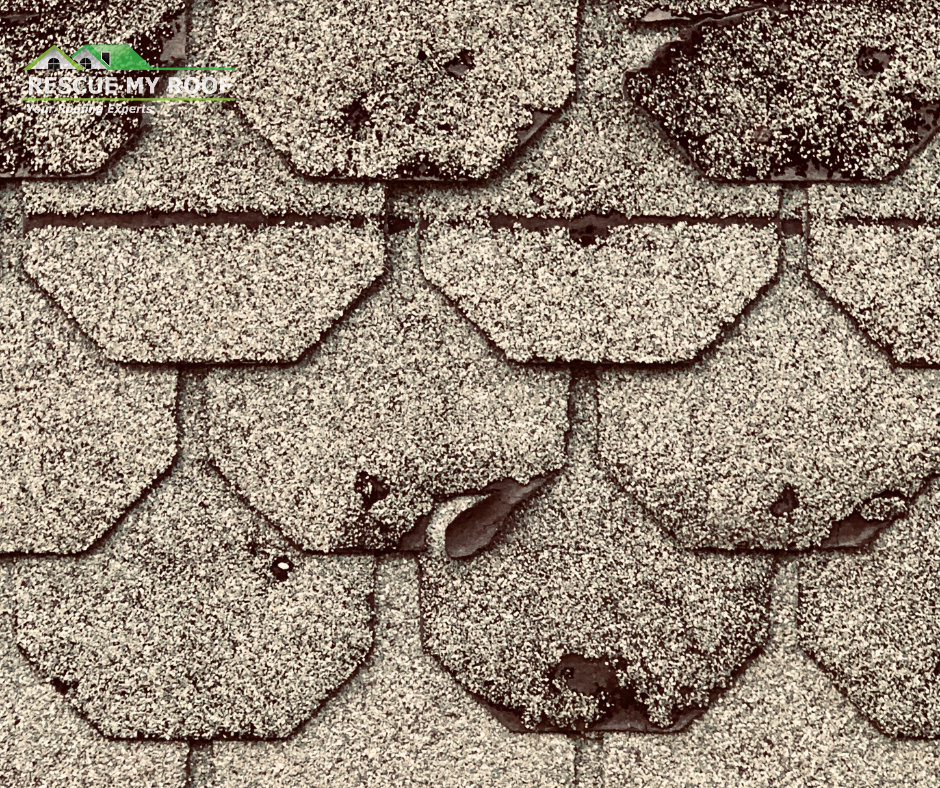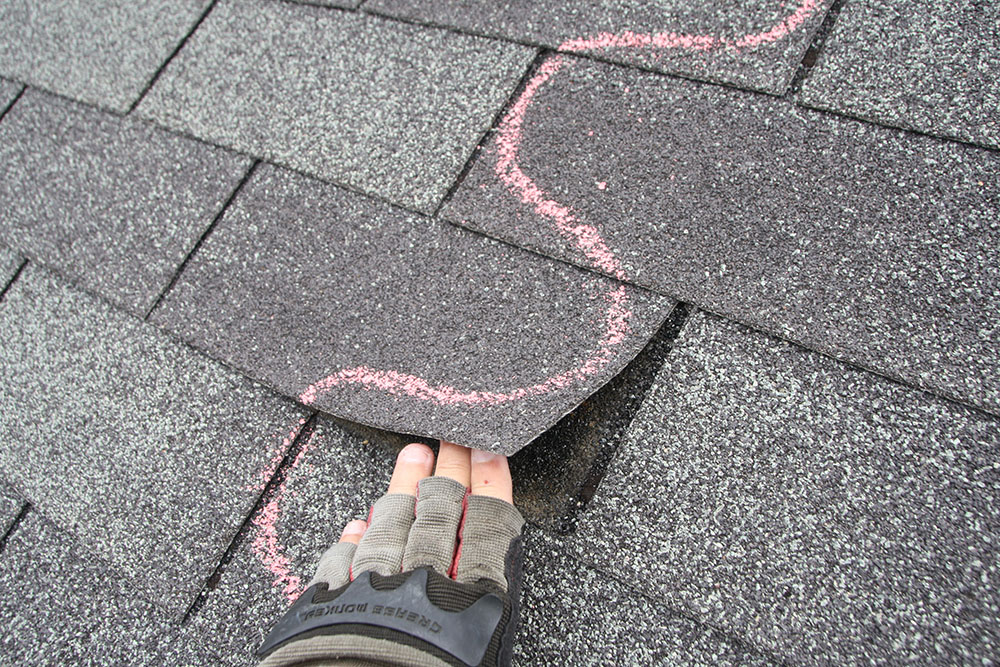6 Roof Components You Should Inspect After Winter
Winter can be harsh on your roof, with heavy snow, ice, and freezing temperatures. That’s why it’s essential to inspect your roof after winter to ensure it’s in good condition and address any issues before they become bigger problems.
For the past decade, Rescue My Roof has encountered numerous issues like leaks that have put families and their homes at risk. We work with homeowners daily to ensure that they feel safe by doing what we do best: teaching property owners about roofing best practices.
That is why we have compiled a list of what you must inspect on your roof after the winter. So the next time you recognize an item on this list in your home, you know the steps to take action and make your home secure again.
What to Inspect on Your Roof After Winter
Your roof is your home’s first line of defense against the elements. That’s why taking care of your roof with the proper maintenance steps is essential.
By following these steps, you can ensure your roof is ready to tackle spring.
1. Granule Loss

Granule loss is a sign of roof damage that many forget, but it is still essential to know and recognize.
The shingles that protect the outermost layer of your roof are granules. These granules are compressed together to form the shingle.
Over time these granules loosen and fall off the shingles’ base. It happens gradually, so it might be years before you notice.
Snow and ice in the winter can cause granule loss, so inspecting your roof after winter to determine if it’s in good shape is essential. If you notice excessive granule loss, it may be time to replace it, as it can cause blockage issues in your gutters and lead to roof leaks.
Call a professional to inspect your roof and determine if you need a shingle replacement. If the issue goes untreated, it can lead to leaks and further home damage.
2. Cracked or Curled Shingles

Rake edges are the portion of your roofline that does not have gutters. On this part of your roof, shingles overhang slightly.
The shingles can begin curling and cupping on an older, damaged roof. If you’re looking up at a shingle roof and see the edges of the shingles lifting upwards, you are witnessing shingle curling.
Why do asphalt shingles begin curling and cupping over time? Here are some of the top reasons:
- They’re nearing the end of their lifespan, and it may be time for a roof replacement.
- If your roof is relatively new, it may mean the shingles were installed incorrectly. They may have been misaligned, or the shingles were installed over too many layers of existing shingles.
- Roof ventilation issues can trap moisture and cause the shingles to curl prematurely.
- Thermal shock is the phenomenon that occurs when the weather rapidly cycles between hot and cold. This can affect your shingles and create a curling effect over time.
If your shingles have begun to warp after cold weather, it’s a sign that
they may have been affected by thermal shock and need repair as it affects their ability to prevent water from seeping through your roof.
While this requires a total roof replacement, it may not be as extensive as you think. The decking may still be salvageable if the water damage is not too severe.
Buying new shingles will increase your roof’s efficiency and allow it to better protect your home from the changing seasons.
3. Lifting Shingles

As shingles are directly exposed to the elements, specifically ice, which can creep underneath shingles, they can lift.
Lifting can negatively impact the shingle’s ability to protect your home from water damage. If they have been lifting for a long time, it might be time to call an expert to see how extensive the water damage is.
You might be lucky if there are no signs of water damage, like leaks, and the shingles have not been lifted for long. The affected shingles can be replaced, and the integrity of your roof will still hold firm.
4. Damaged Gutters
Gutters are one of the most important things to pay attention to in the winter.
If your gutters were filled with debris, it could cause blockages. Water would not be able to flow through the gutters properly, and the stagnant water would freeze.
The frozen block of ice in your gutters will increase the severity of ice dams and the likelihood of leaks. If this issue is ongoing for many years, you will ultimately see cracks in your gutters as the water expands and contracts upon freezing.
Checking your gutters after the issue will help you catch potential issues before they lead to leaks and water damage.
5. Roof Flashing
Flashing is the metal material used to seal the joints and edges of your roof, such as around chimneys, vents, and skylights.
As flashing is made of metal, that metal will expand and contract in the winter with temperature variations. This may make the flashing pull away from the roof, resulting in leaks. If left unattended, you will face future water damage to your home’s interior.
Inspect the flashing surrounding roof penetrations like chimneys to ensure it’s in excellent shape.
6. Roof Ventilation

Roof ventilation is essential. Without proper ventilation, you run into many issues: mold in the attic, poor energy efficiency, ice damming, and more.
Proper ventilation means your roof is a consistent temperature throughout. There won’t be any extreme hot or cold spots, as the exhaust and intake vents work as they should.
Suppose you notice unusually high energy bills, extremely hot or cold areas in your home, or mildew growing in your attic. In that case, you may need to call a professional to come out and examine it.
Look for the signs of poor ventilation and stop the problem before it’s too late.
Making Sure Your Roof Lasts a Lifetime
Your roof is not only a significant investment but also provides safety for your home. You ensure your roof is in the best shape to protect your home and family by doing repairs when needed and inspecting your roof after winter.
Inspecting your roof twice a year and after any storms will help you catch problems before they grow and will keep your roof in top-notch shape to maximize its lifespan.
Continue your roofing education with our article “6 Signs Your Gutters Need to be Replaced.”
Have you noticed any signs of needing repairs or want to call in an expert to inspect your roof and live in southeastern Wisconsin? We’ve got you covered! Contact us today to schedule your free estimate.


